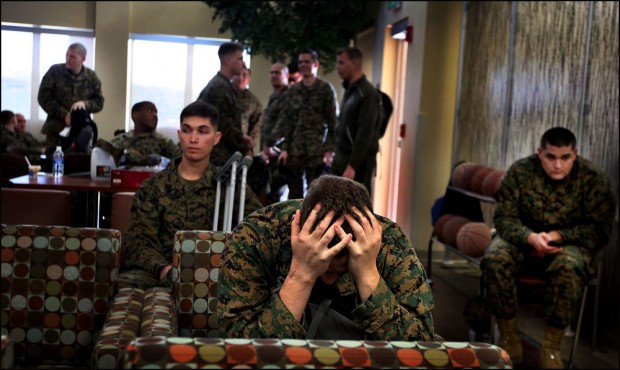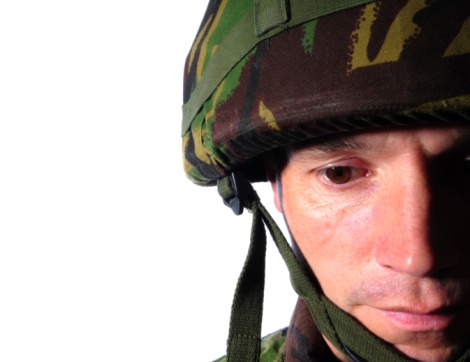Tapping into Healing for Wounded Warriors at Leaps of Faith Event
by Patricia Jennings NHC
On June 22 and 23, 2012, approximately 45 wounded warriors and some family members came from all over the US (a smaller group than in the past) to Connecticut for a weekend of water skiing, boating and kayaking. We also had several first responders, firemen, and a para-olympian in ice hockey.
One young fireman came who had been in a fire and had lost 4 of his buddies on 911. Since that time, as told by his wife and sister, he had become unresponsive and in a deep depression. Over the years, there had been no change in his condition, in spite of medication and psychiatrist visits.
His wife and sister came to me and asked if I could help him. I said I would try, if he wants me to. I gave them a brochure about TFT and a copy of the TFT Trauma Relief tapping sequence to give to him.
He received it, and after about 10 minutes I approached him and asked if he would like to try the technique. He said yes he would like to.
After checking him for psychological reversal and correcting it, I had him tap the pain and then trauma tapping sequences. We went through the sequence once and he raised his hand and slapped me a high 5 and had a slight grin on his face. We continued with the 9 gamut and repeated the tapping sequence one more time. His SUD [Subjective Units of Distress] went from 11 to 8 to 5 to 2 and finished with the floor to ceiling eye roll.
He got up off the bench and gave me a hug with a big smile on his face. Two hours later I found him Kayaking with his wife and the following day he went water skiing with some of the other vets.
One of the firemen from New York City who was a first responder to the 911 had been watching me working with the vets. He said that after the trauma that the firemen suffered, the city brought in several counselors to help but it had little effect on the firemen. Then a couple of TFT practitioners from New Jersey came in and the firemen began to heal. He was very excited about TFT.
At the end of the weekend Wounded Warriors weekend with Leaps of Faith, I had helped 22 Vets and firemen begin healing their post traumatic stress and many others took home the Trauma Relief Technique I printed out from the TFT Foundation’s free Trauma Relief web site, www.TFTTraumaRelief.wordpress.com. I have received many thank you cards and emails from the Vets and families. Please share this site with all you can, it can make such a difference in their lives.
Thank you Callahan’s for TFT and the TFT Foundation for these resources.
If you would like to help share TFT at one a future event, please contact me at pjpathways@webtv.net.
***photo from http://www.humanevents.com
Article Excerpted from “Tapping for Humanity”, Summer Issue, 2012



